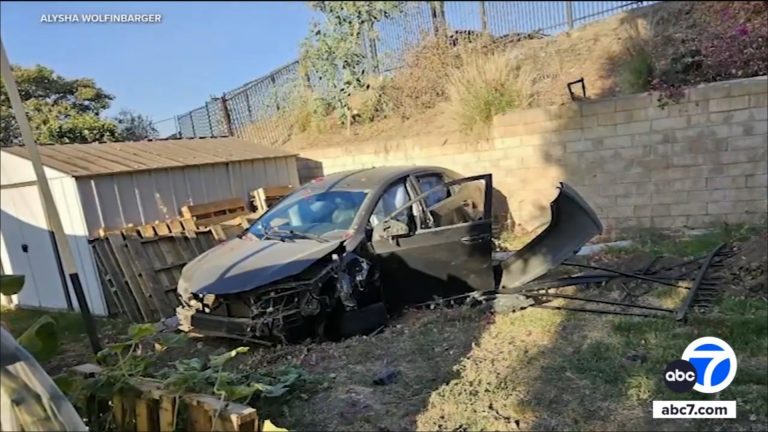Blast-Off Long-Lasting EV Batteries: Researchers Reveal Surprising Results from Revolutionary Testing Method

The Surprising Way EV Batteries Outlast Expectations
When it comes to electric vehicle (EV) batteries, there’s a hidden factor that can significantly impact their lifespan. A recent study by scientists at the SLAC-Stanford Battery Center reveals that existing tests for EV battery range and degradation might be off the mark. And it’s not just a small discrepancy – it could be as significant as an extra 40% more life for your battery.
So, what’s the key to unlocking this longer battery life? It’s not what you might expect. It’s not a new, high-tech material or a revolutionary charging technology. It’s something much simpler: how we drive our EVs. Specifically, it’s the way we accelerate, brake, and charge our batteries that makes all the difference.
The Problem with Traditional Testing
Currently, EV batteries are tested in a way that’s similar to how engines are tested. It involves a constant rate of discharge followed by recharging, with a cycle that’s repeated until the battery gives out. This approach is used by organizations like the Environmental Protection Agency (EPA) to project EV range. The issue is that this method doesn’t accurately reflect how we actually drive our EVs.
The Power of Real-World Driving
Real-world driving is a different story. It’s all about the ups and downs of daily life – frequent acceleration, braking, and charging, as well as extended periods of inactivity. And it’s this dynamic driving that can help EV batteries last much longer than anticipated.
The Surprising Benefits of Stop-and-Go Driving
The study found that stop-and-go driving, which involves frequent acceleration and braking, can actually extend the life of EV batteries. This is because batteries age in different ways, with charge-discharge cycles and time playing a significant role. For the average EV driver, time becomes the primary cause of aging, rather than charge cycles.
Implications for the Future
So, what does this mean for the future of EVs? It means that our current understanding of battery degradation might need to be reevaluated. By taking into account the impact of real-world driving on battery life, we can better predict their longevity and potentially increase their lifespan.
Here are some key takeaways from the study:
- EV batteries can last up to 38% longer with stop-and-go driving.
- This translates to an underestimation of lifetime mileage of up to 195,000 miles, based on an average annual mileage of 14,000 miles.
- For consumers, time becomes the dominant factor in battery aging, rather than charge cycles.
As the study’s lead authors, Simona Onori and Alexis Geslin, conclude, "Real driving with frequent acceleration, braking, and charging helps batteries last longer than we had thought based on industry standard lab tests." And with this new understanding, we can unlock the full potential of electric vehicle batteries and make them even more durable and reliable.






